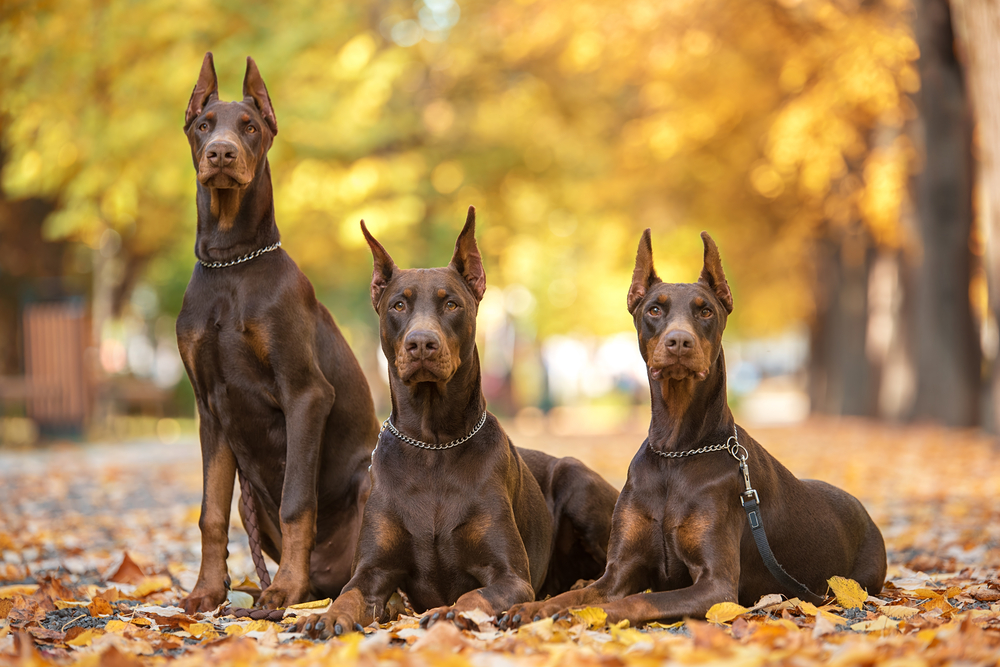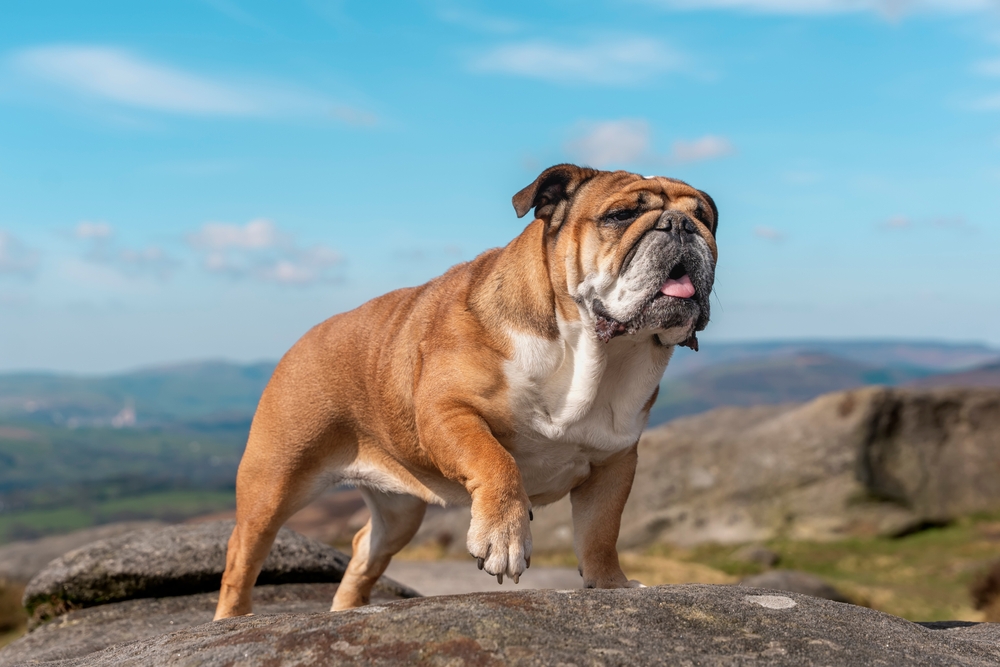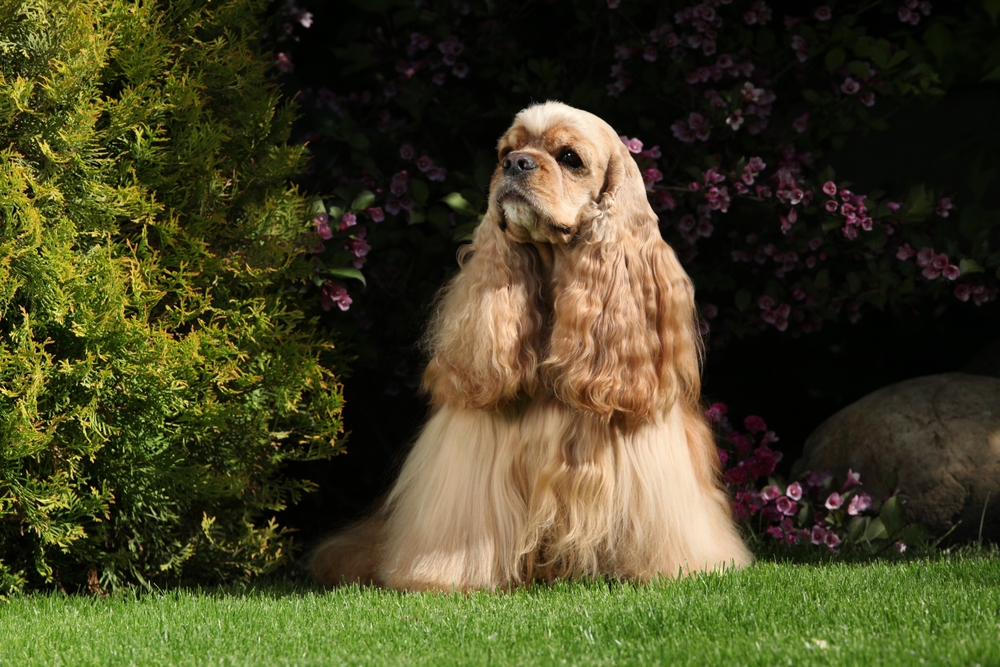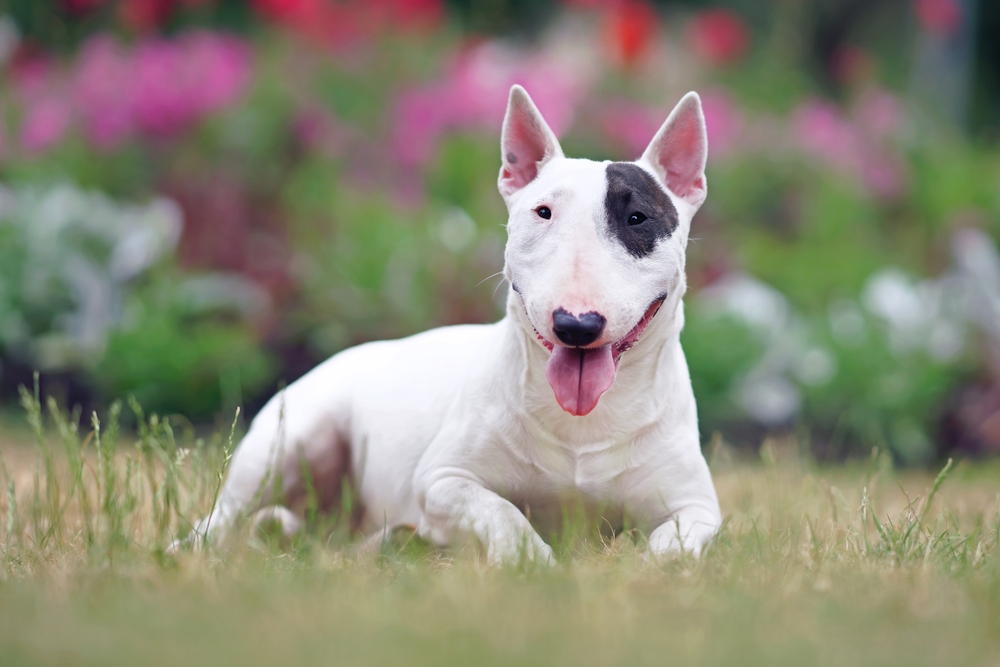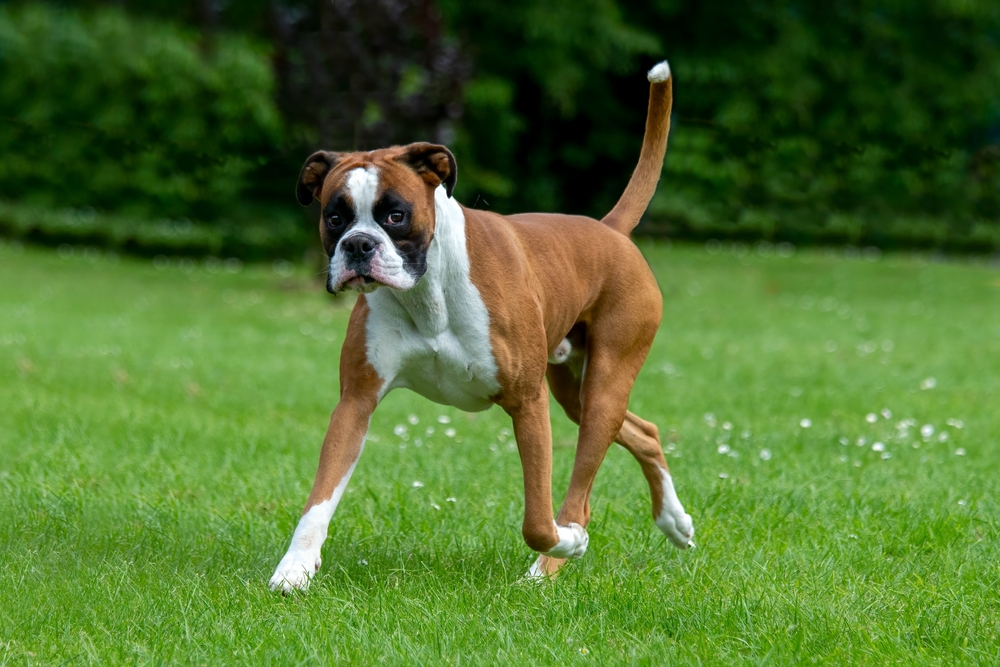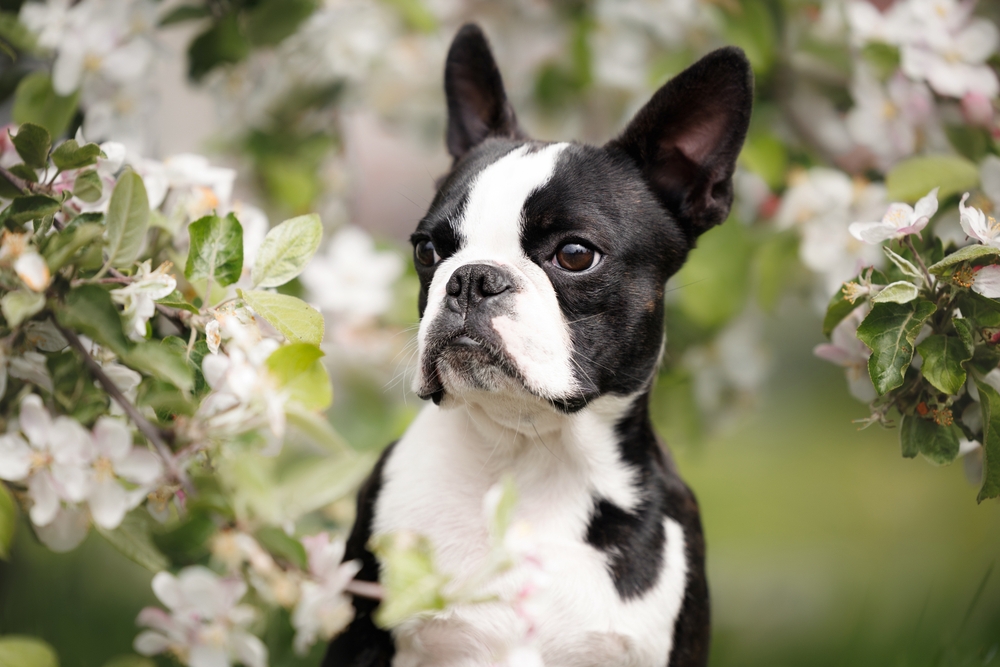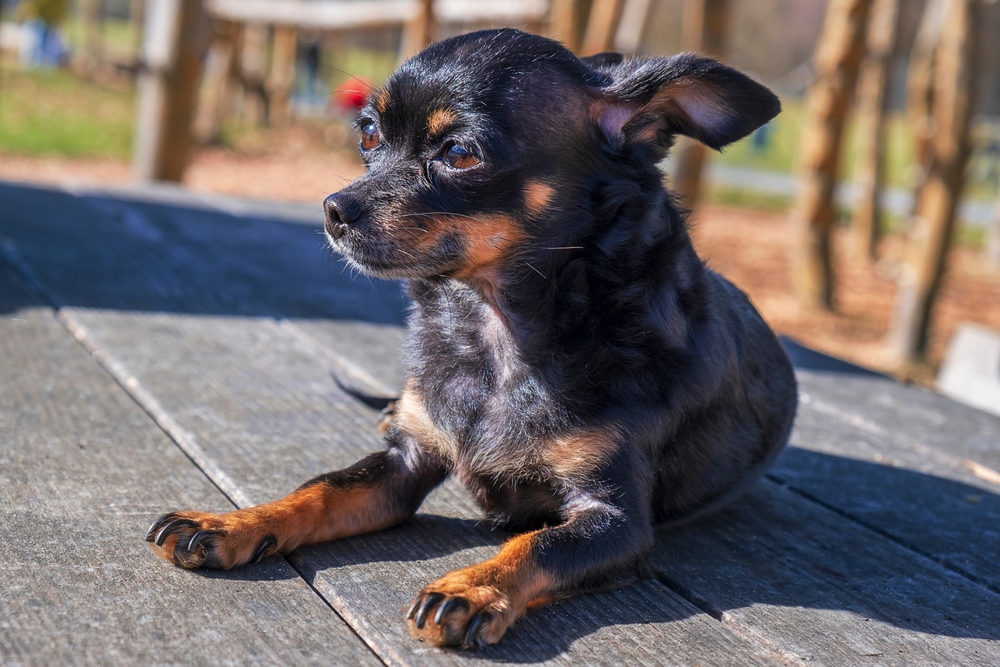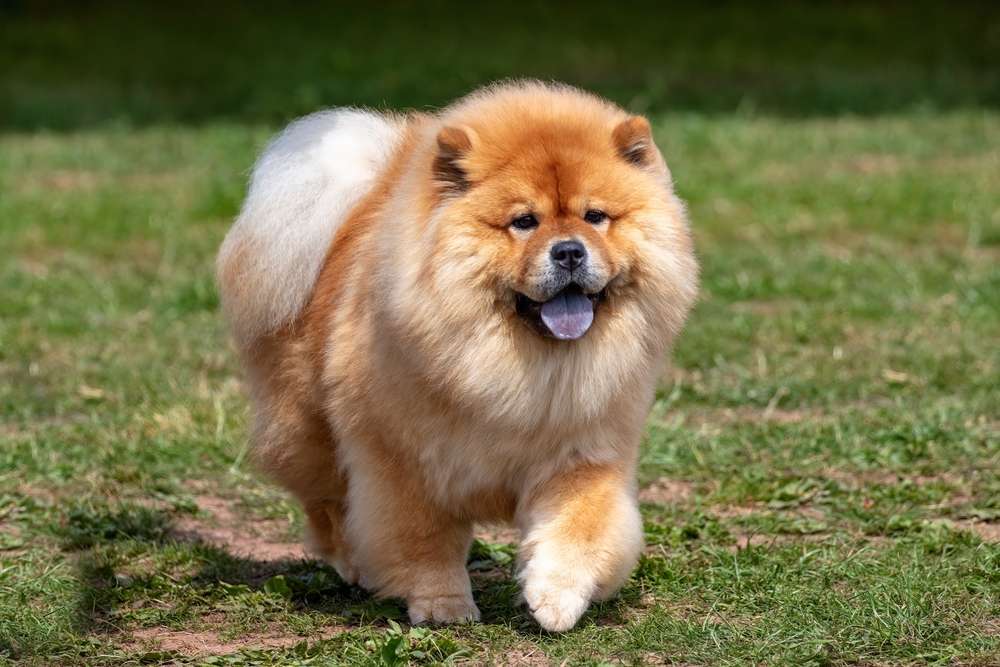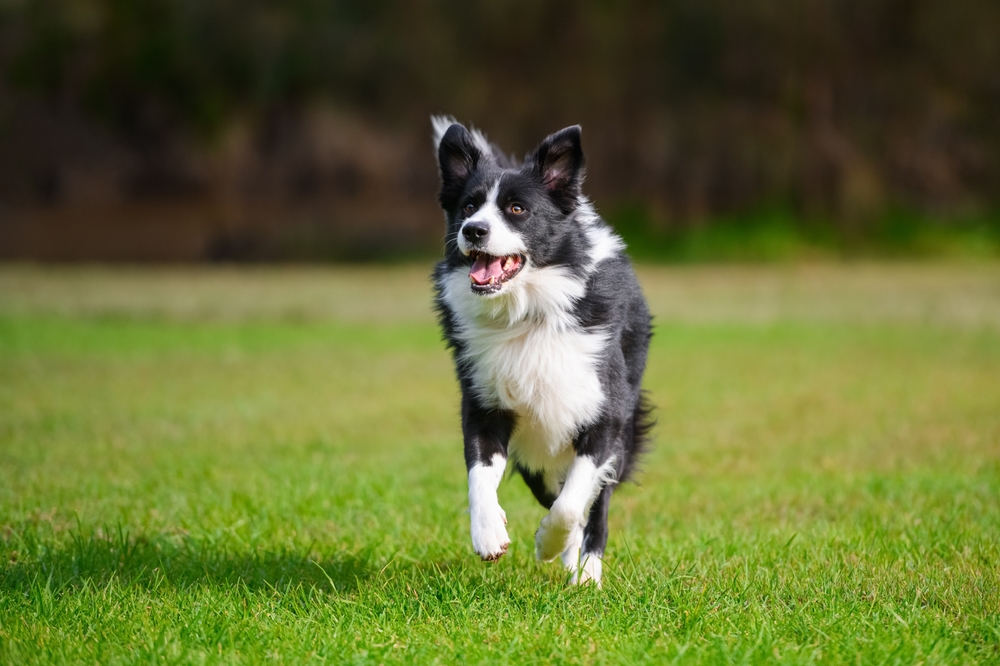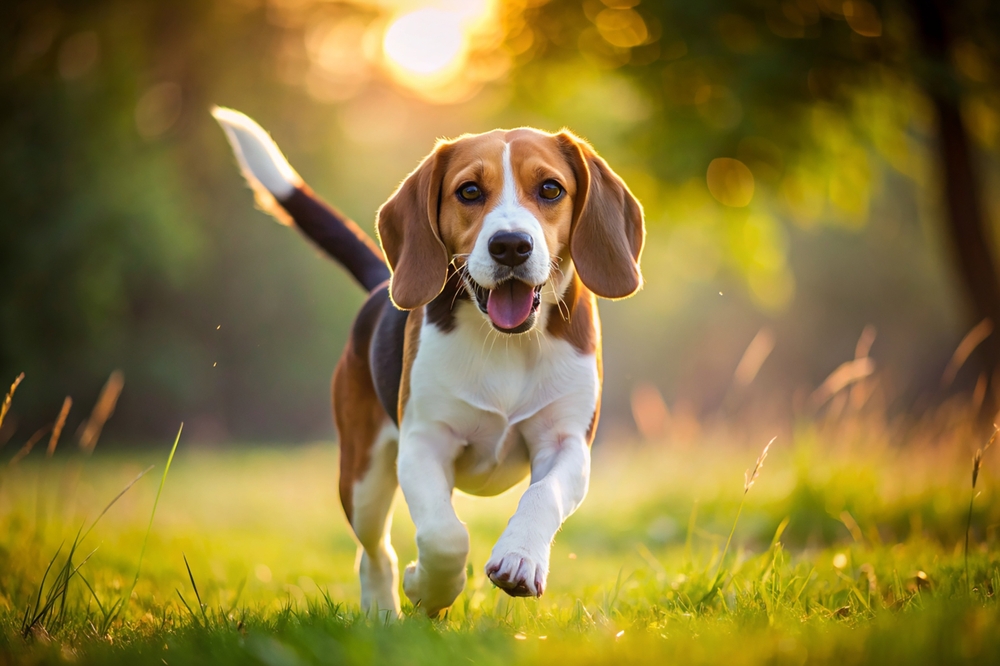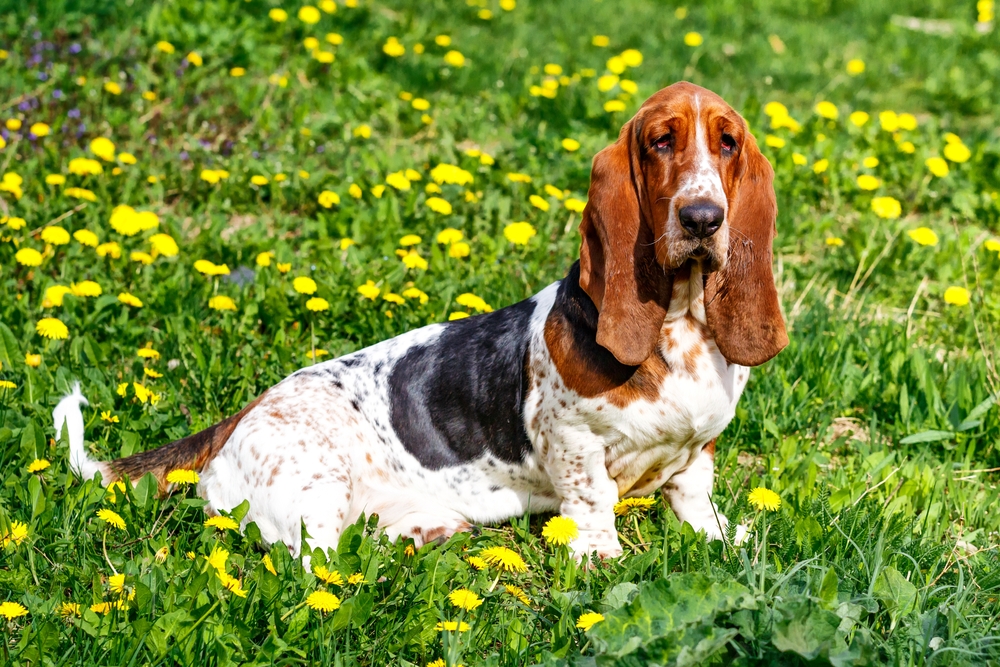Lifespan in the Home Environment:
Doberman Pinschers typically live 10 to 12 years, with some reaching 13 or more when given excellent nutrition, regular veterinary care, and proper exercise.
Lifespan in Working or Sporting Roles:
As active working dogs in roles such as protection, search and rescue, or competitive obedience, Dobermans can maintain excellent physical condition, but the demands of high-intensity work may increase wear on joints and the cardiovascular system over time. With careful management, their lifespan remains comparable to non-working Dobermans.
Common Health Factors Affecting Lifespan:
-
Dilated Cardiomyopathy (DCM): A common and serious heart condition in the breed.
-
von Willebrand’s Disease: A bleeding disorder that can affect surgical or injury recovery.
-
Hip Dysplasia: May lead to arthritis and reduced mobility.
-
Hypothyroidism: Can cause weight gain, lethargy, and coat changes.
-
Wobbler Syndrome: A spinal condition that affects gait and coordination.
-
Bloat (Gastric Dilatation-Volvulus): A life-threatening condition more likely in deep-chested breeds.
Ways to Maximize Lifespan:
-
Perform breed-specific health screenings before breeding.
-
Maintain a healthy weight with portion control and regular exercise.
-
Schedule annual veterinary exams with cardiac monitoring.
-
Avoid overexertion in extreme heat or cold.
-
Feed a balanced diet with nutrients to support heart and joint health.
With proper care, many Doberman Pinschers remain active, alert, and deeply bonded to their families well into their senior years, retaining their characteristic elegance and athleticism.



































































